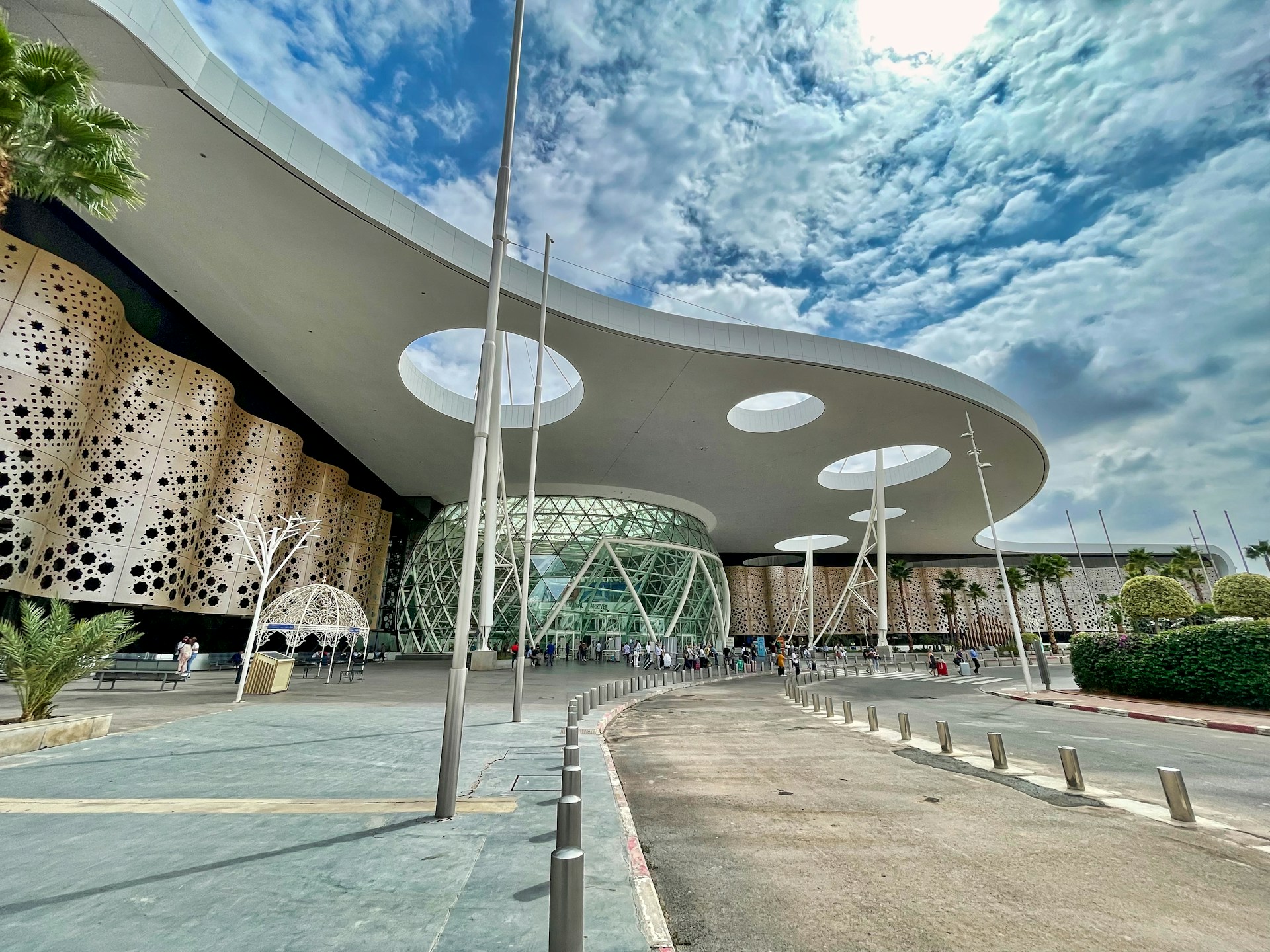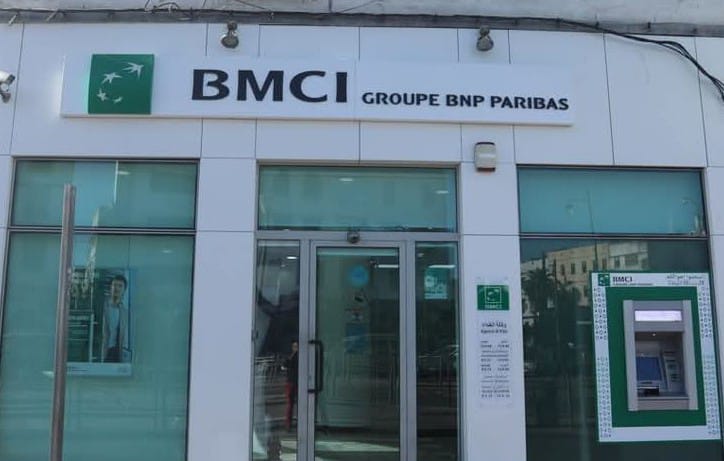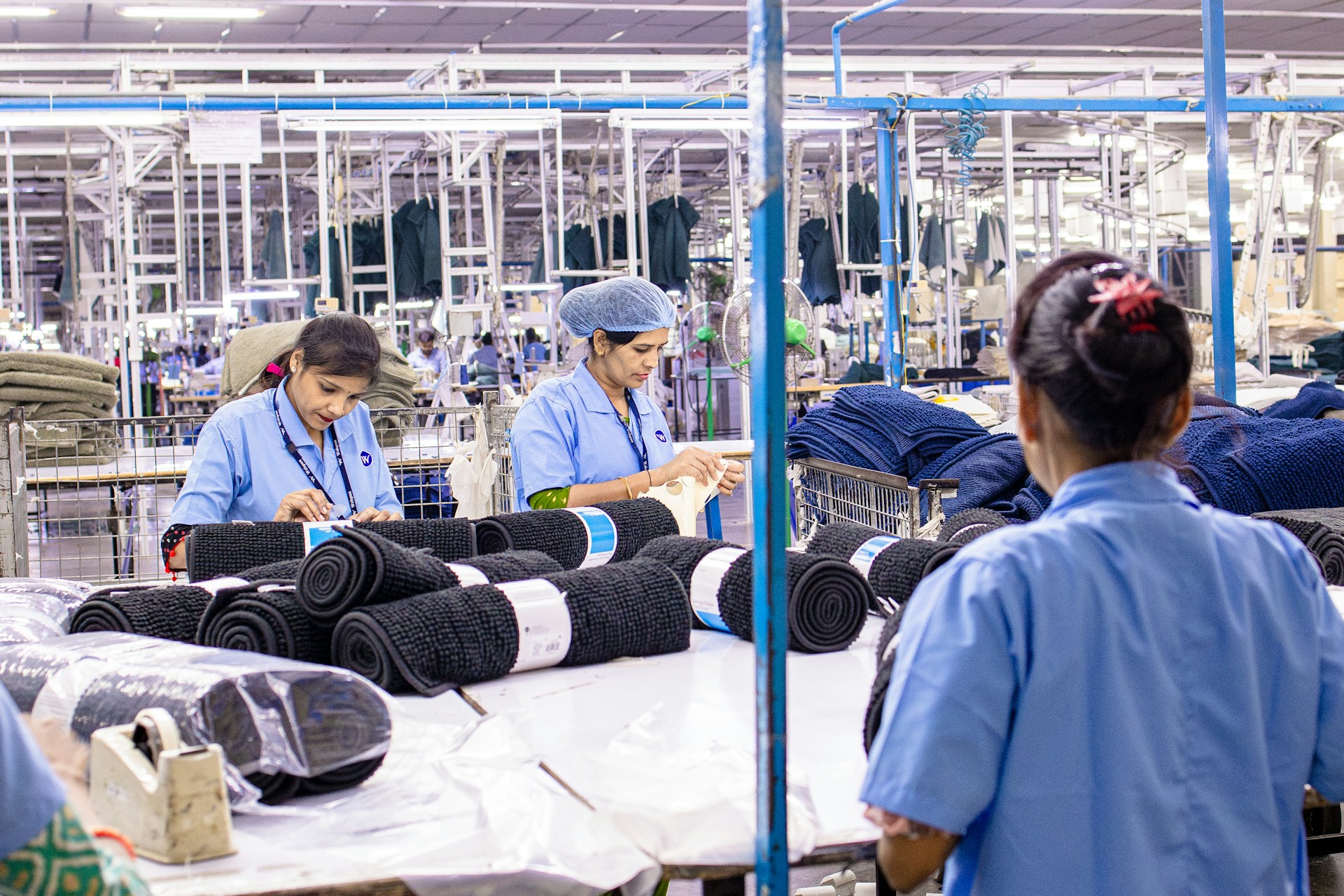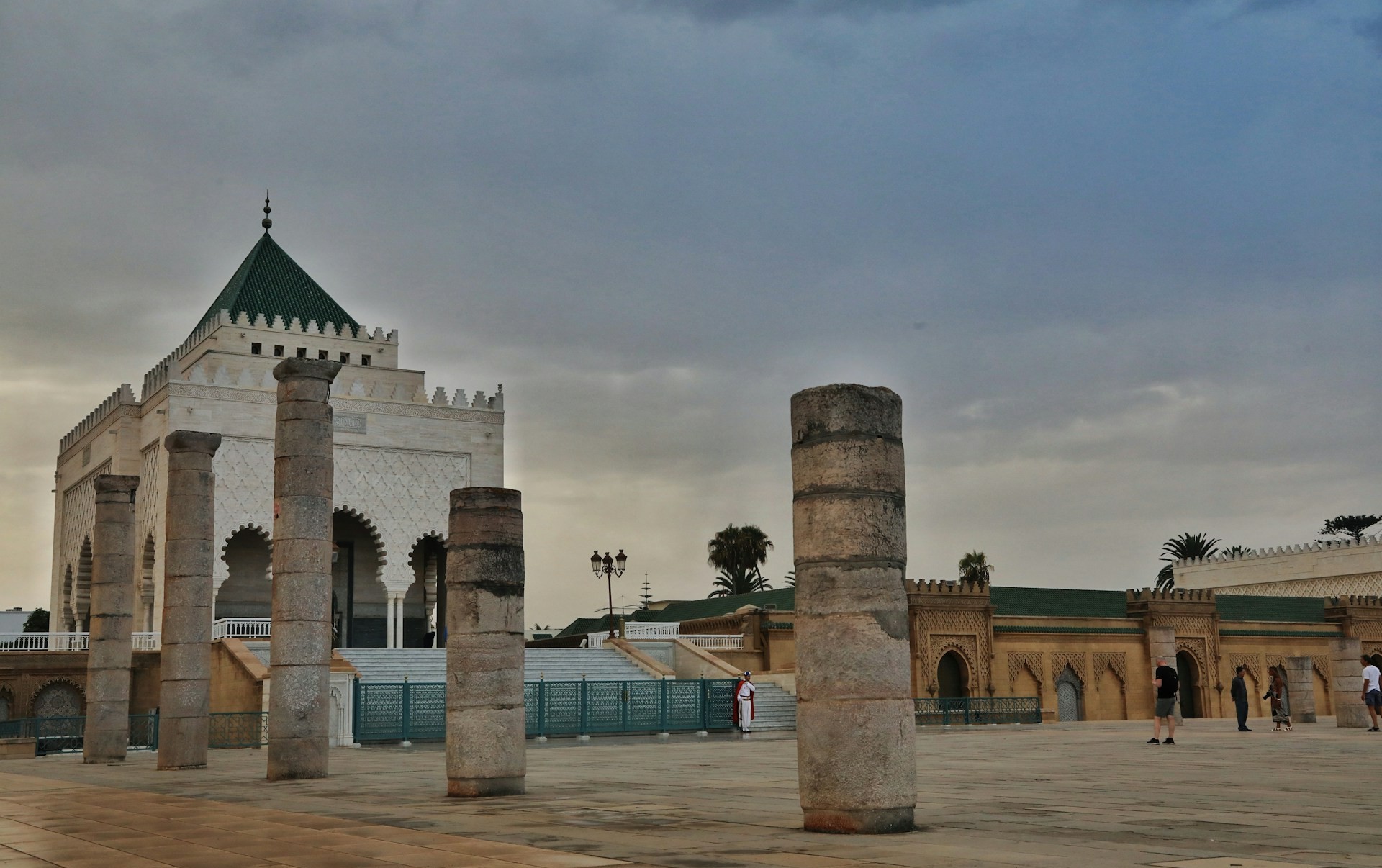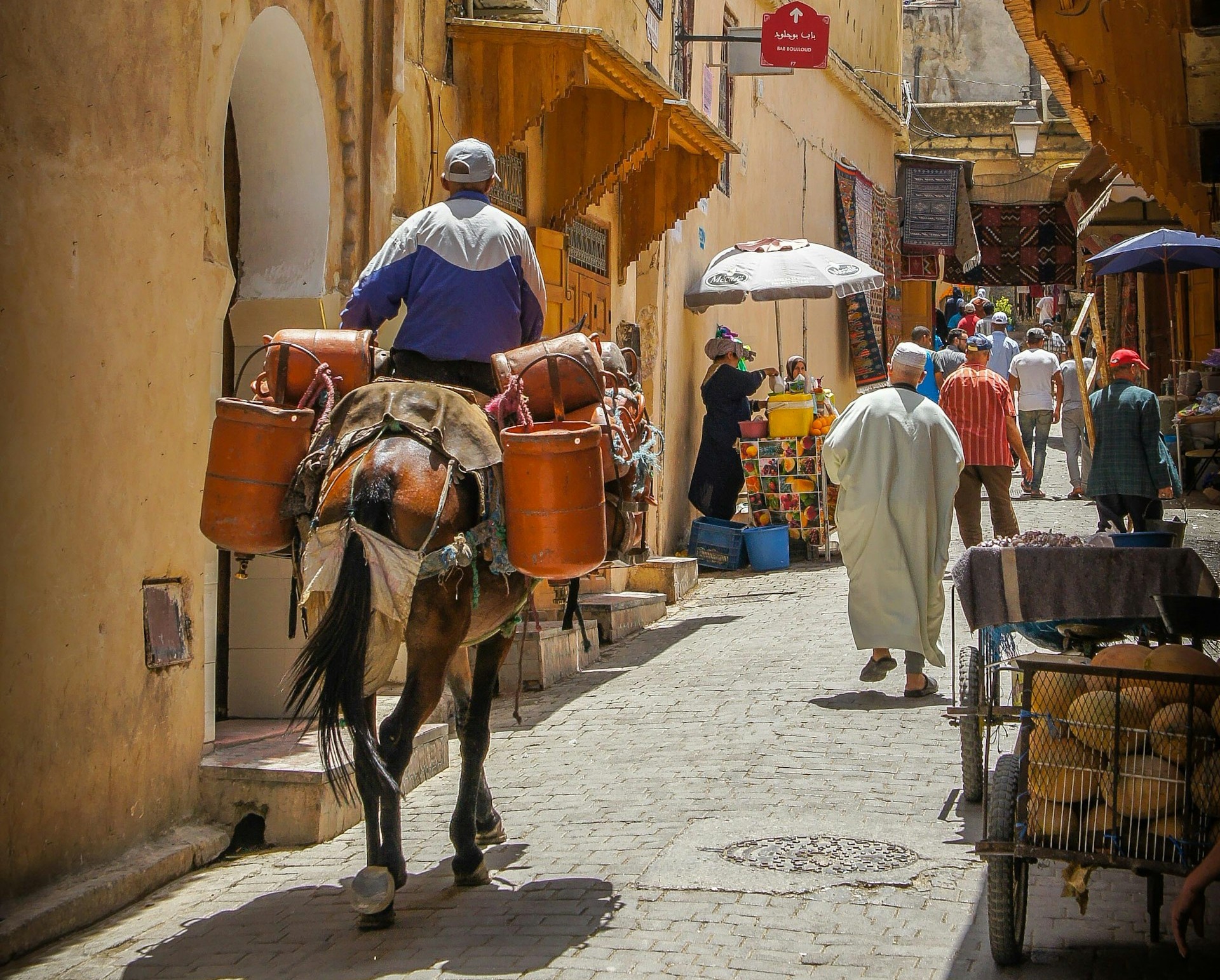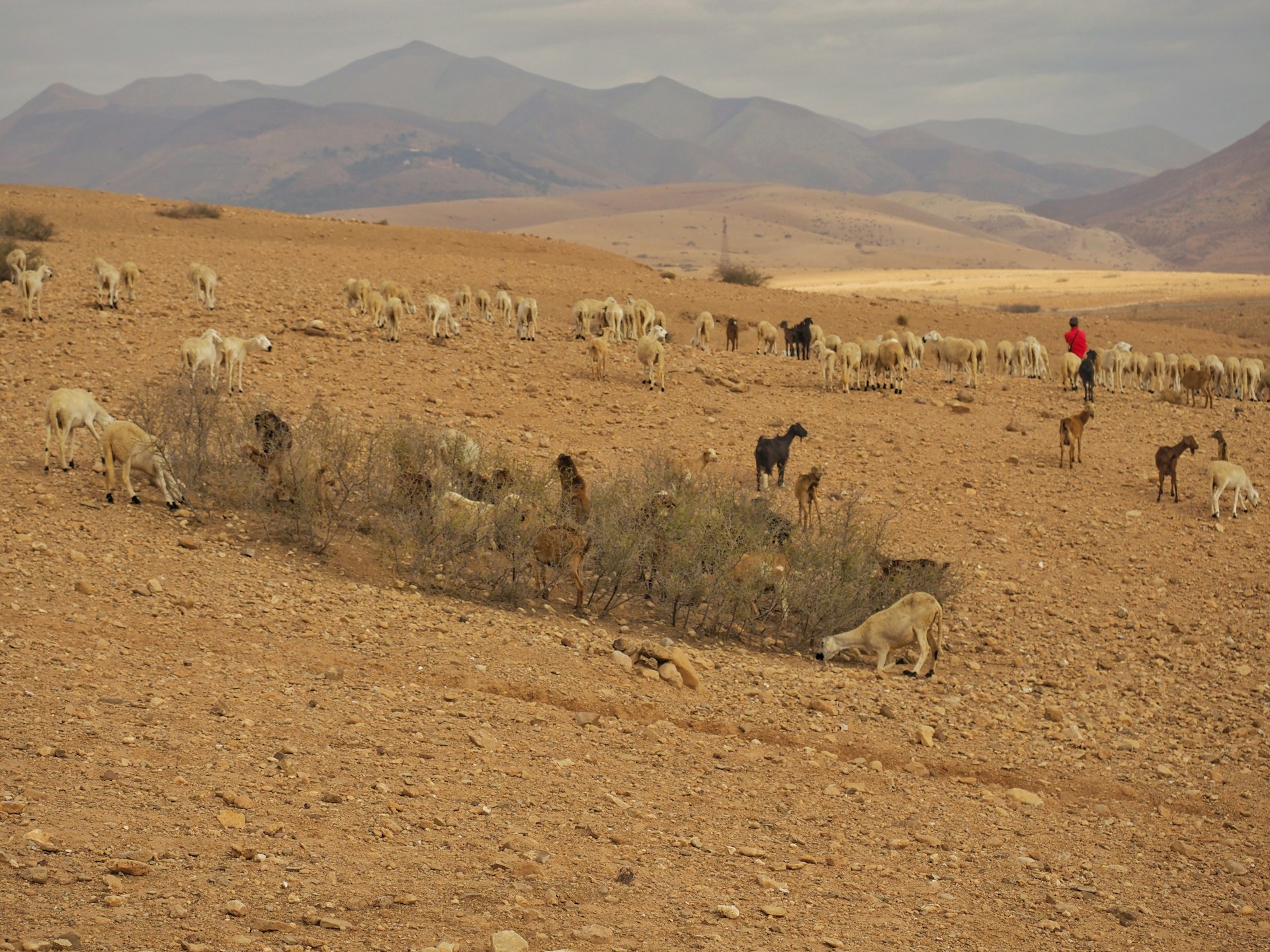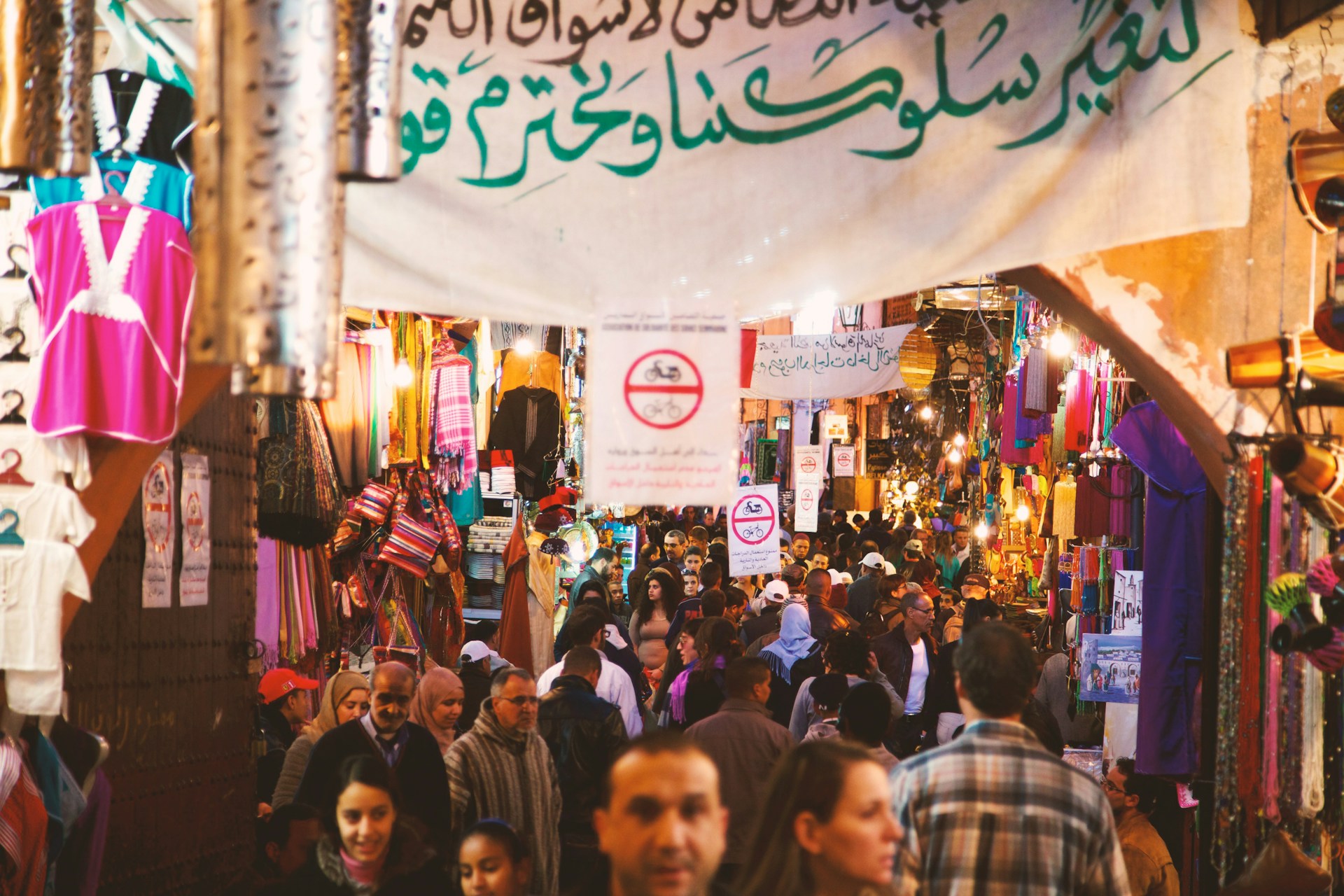Casablanca – A recent report by the Policy Center for the New South has examined Morocco’s government employment roadmap, a strategic initiative launched in February 2025 to address labor market challenges and promote job creation. The study explores various scenarios aimed at reducing unemployment and improving workforce integration by 2030.
A strategic plan for employment growth
The Moroccan government’s roadmap is presented as a critical policy shift designed to restructure the labor market and address long-standing structural challenges. The report outlines ambitious objectives, including:
- Reducing unemployment to 9% by 2030.
- Creating 1.45 million new jobs over the next five years.
- Enhancing support for small and medium-sized enterprises (SMEs).
- Reforming the vocational training system to align with job market needs.
The study underscores the importance of coordinated efforts between the public and private sectors to ensure the roadmap’s success.
Challenges and key success factors
According to the report, effective implementation of the roadmap will depend on several key factors:
- Stronger Public-Private Coordination – The plan requires enhanced collaboration between government agencies, businesses, and educational institutions to match skills development with labor market demands.
- Optimal Resource Allocation – Efficient use of available financial and human resources is necessary to prevent fragmented efforts and maximize impact.
- Labor Market Governance – Establishing a flexible regulatory framework that adapts to economic and social changes is crucial to improving employment conditions.
- Formalizing the Informal Economy – A significant portion of Morocco’s workforce operates in the informal sector, making labor market integration one of the government’s biggest challenges.
The report also highlights the need for policies that enhance gender equality in employment, ensuring that women have greater access to stable and high-quality jobs. Furthermore, the study stresses the importance of digital and environmental transformation to create a sustainable and modern labor market.
Scenario analysis: Different paths to job creation
The study presents four possible scenarios for Morocco’s employment trajectory, each based on different economic growth assumptions:
- Optimistic Scenario – Achieving 9% unemployment by 2029 would require an annual GDP growth rate of 7.9%, a figure significantly higher than the current 3.5%.
- Moderate Growth Scenario – With 4% annual GDP growth, the economy could generate 500,000 new jobs, making this a more achievable target.
- High-Ambition Scenario – Aiming for 6.5% unemployment would necessitate 10.4% annual GDP growth, making it a challenging but transformative goal.
- Baseline Scenario – Without major policy shifts, unemployment could remain at 11.9% by 2029, signaling limited progress in addressing labor market issues.
Economic drivers for employment expansion
A key finding in the report is that a 1% increase in GDP leads to a 0.23% rise in employment levels. This means that improving job creation will require broader economic reforms that boost growth and increase workforce participation. Among the most effective strategies for expanding employment, the study highlights:
- Investment in Labor-Intensive Sectors – Priority should be given to agriculture, food industries, and SMEs, which have the potential to create a large number of jobs.
- Business Environment Reforms – Strengthening investment policies, reducing bureaucracy, and enhancing legal protections can encourage business growth and job creation.
- Targeted Workforce Programs – Providing specialized training and financial incentives for youth and women can improve their access to employment opportunities.
Policy recommendations and future outlook
To ensure the success of this roadmap, the report emphasizes the need for continuous policy monitoring and data-driven decision-making. Establishing a comprehensive labor market information system can help track progress, ensure transparency, and enable real-time adjustments to policies.
Moreover, the study calls for stronger institutional commitment to turning strategic goals into tangible results. The roadmap’s success will depend on the government’s ability to mobilize financial resources, engage stakeholders, and implement reforms that foster long-term economic resilience.
Morocco’s employment roadmap presents a bold vision for the future of the labor market, setting ambitious targets for job creation and economic transformation. While significant challenges remain, a well-coordinated approach—involving government agencies, businesses, and civil society—could pave the way for a more inclusive and dynamic labor market.
As the nation moves forward with these reforms, ensuring sustained economic growth, workforce adaptability, and equitable opportunities will be essential in achieving the roadmap’s objectives by 2030.



